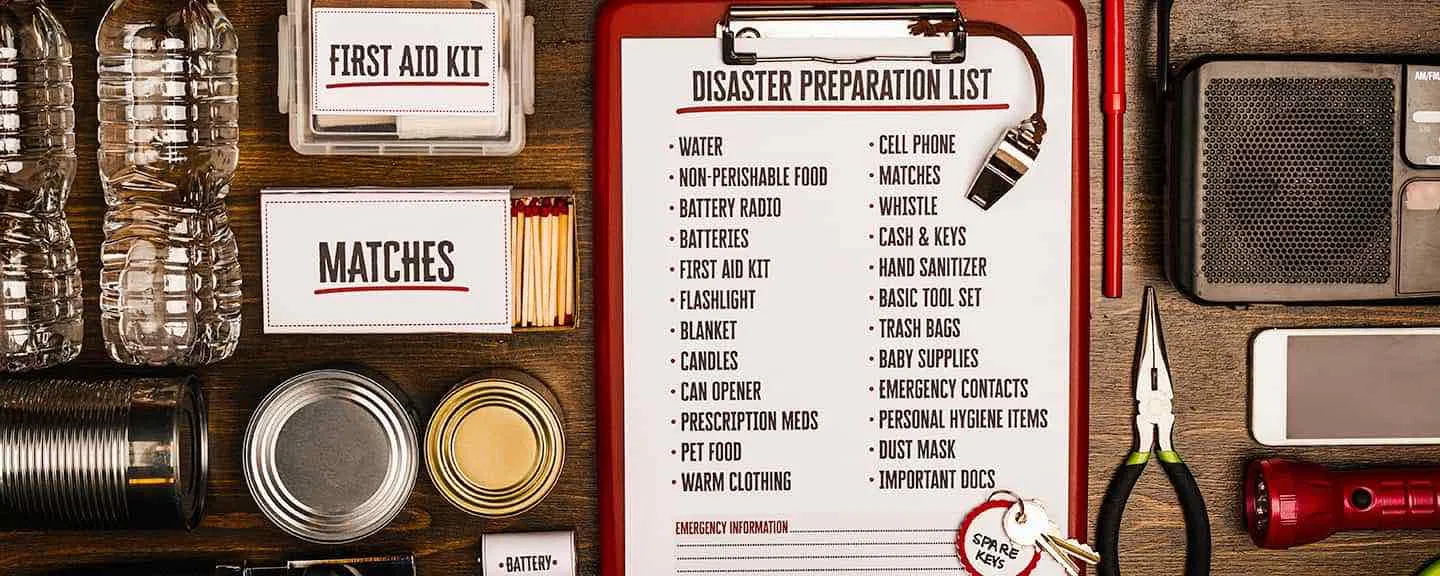- Home
- >
- APU Articles
- >
- News Article
Preparing Your Student for Natural Disasters on Campus
December 20, 2017 | Written By Heather Nelson

Do Your Homework
Simply getting the conversation started is the first important step in preparing your student for a natural disaster. Between choosing classes, getting to know their future roommate, and saying goodbye to friends back home, your child is not likely to be too concerned with potential earthquakes or wildfires. But these types of disasters should be talked through before leaving home, and you can help lead the way in making sure they’re prepared.
Take time to see what types of disasters are most likely to hit your student’s campus. A Southern California location means earthquakes and wildfires are potential dangers. If your child is heading to the Midwest, you’ll be looking at tornadoes; east coast schools may deal with hurricanes; blizzards can hit the North. Each region is different, so be sure to study up on your child’s specific location.
The FEMA website has helpful information for each type of natural disaster, including tips on how to handle the disaster before, during, and after it hits. Scroll through these types of helpful sites with your child and write down basic information on what to do should a disaster happen at school.
Research Your School
Each school plans for a natural disaster differently. No two campuses are the same, so brushing up on your particular school’s emergency plans will put you and your child at ease. A school that is susceptible to certain natural disasters, like earthquakes and wildfires, will usually provide details on how they will respond to these events in addition to general emergency plans. For example, Azusa Pacific University gives instructions on what to do during an earthquake and who to contact if someone is injured. Make sure your student is familiar with the information, and bookmark the page so he or she can refer back to it.
Build a Kit
In case of an emergency, nothing puts families more at ease than knowing your student is prepared with both knowledge and materials. As a going away gift, put together an emergency kit for your child to keep in his or her dorm or car (or one for each). This kit should include things like:
- Flashlight(s)
- First aid kit
- Extra batteries
- Bottled water
- Blankets
- Nonperishable food
- Cell phone and car charger (in case electricity goes out)
- Disaster preparedness information card
These type of kits are easy to put together and make you and your child feel less worried and more prepared should he or she face a scary situation away from home.
As a parent or guardian, you pray these type of natural disasters at college never happen to your child—especially when they’re away from home. But, with a little bit of planning, you can ease your worry knowing your new college student has the tools needed to stay safe and sound until you’re together again.